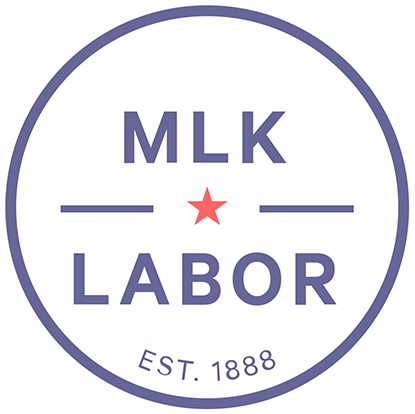Board Member Highlight: Phyllis Campano
April 15, 2019

As the leader of Washington’s largest local education union, Phyllis Campano reflects on going from the classroom to becoming a labor leader.
On a warm, sunny April day in the heat of the Washington Legislative Session, a busload of over 40 librarians pulled up to the state capitol. They had traveled from Seattle and organized a “Read-In” on the capitol steps to bring attention to the potential librarian cuts if the legislature didn’t raise the local-levy lid.
The was a stark contrast to ten years ago when it was considered a success if 10 Seattle educators showed up in Olympia for a lobby day.
Like much of the labor movement, the largest local education union in Washington — the Seattle Education Association (SEA) — had become complacent. As a result, learning conditions had eroded through the recession, and students were paying the price.
In 2012, Phyllis Campano was elected vice president of the 5000-member union. SEA faced challenges on nearly every front. She made it her goal to build trust with rank-and-file members.
“I was drawn to special education because I was driven to understand each student’s individual learning needs.”
“I was drawn to special education because I was driven to understand each student’s individual learning needs,” she says.
She moved from Massachusetts to Washington and started teaching in Kent on a conditional certificate. She was eventually was hired to teach in Seattle and was asked to join the SEA bargaining team because of her New England vigor.
In 2011, she got her first real taste of organizing when she convened a group of educators to meet with directly with the superintendent around school safety and workload issues. She was known amongst her peers as an expert in the classroom but was beginning to establish herself as a leader.
She soon realized the need to bring a culture of organizing to SEA and ran a successful campaign for union vice president.
“It took a leap of faith,” Campano describes. “I left an established career in the classroom and began a whole new journey.”
Early on, she realized how many similarities there were between working with students and organizing union members. Developing one-to-one relationships with colleagues wasn’t much different than building individual relationships with students.
Campano spent her first two years crisscrossing the district, talking to face-to-face trusted and respected educators. She met with anyone that would give her the time, even the union’s biggest critics. In a matter of years, she had transformed SEA from an advocacy union to an organizing one.
Then in 2015, SEA faced the biggest test in decades. Contract bargaining was slowly deteriorating and schools were facing a multitude of cuts. Seattle schools were grappling with an increasing equity gap that educators were determined to address. The union focused its energy on the issue of recess because, despite clear science about the benefits daily physical exercise has on learning, students of color had less time for recess.
“The 2015 strike changed our union.”
With the community behind them and total solidarity amongst members, they won. Educators achieved a 9.5 percent pay increase over three years for all members, high stakes testing would no longer be used for evaluations, and all elementary school students would have a guaranteed 30 minutes of recess each day.
“The 2015 strike changed our union,” explains Campano. “We build a culture of organizing. Our members realized their power and have so much higher expectations for what we can achieve together for our students.”
In 2016, Campano was elected SEA president and now had full control to implement her organizing vision.
In the lead up to the 2018 bargaining, SEA again faced the prospect of going on strike, but due to years of organizing they were able to push the district to settle. Campano says that representative assemblies have doubled in size since she was first elected vice president.
Now, Campano is running for vice president of the Washington Education Association — one of the largest unions in the state. If elected, she hopes to take her vision for organizing and scale it to a statewide level.
“I want each local union in Washington to realize the power they have to improve their students’ lives,” she says. “Imagine the difference we can make for our students if we stop fighting about funding and focus on what’s best for the whole child.”
